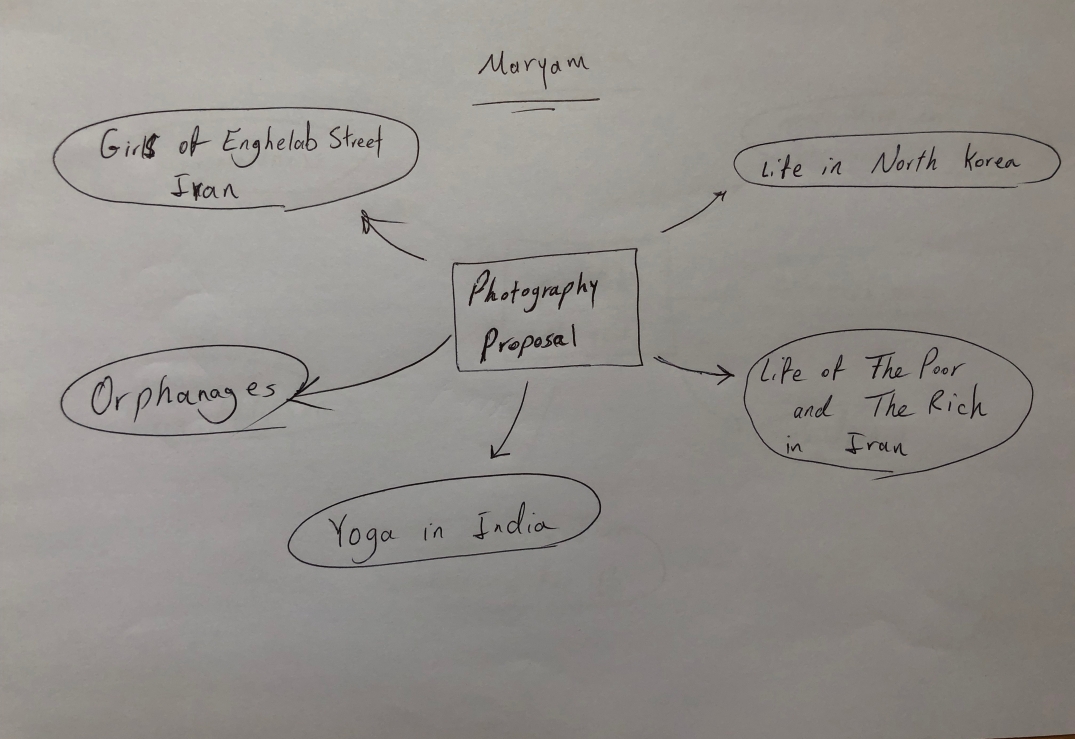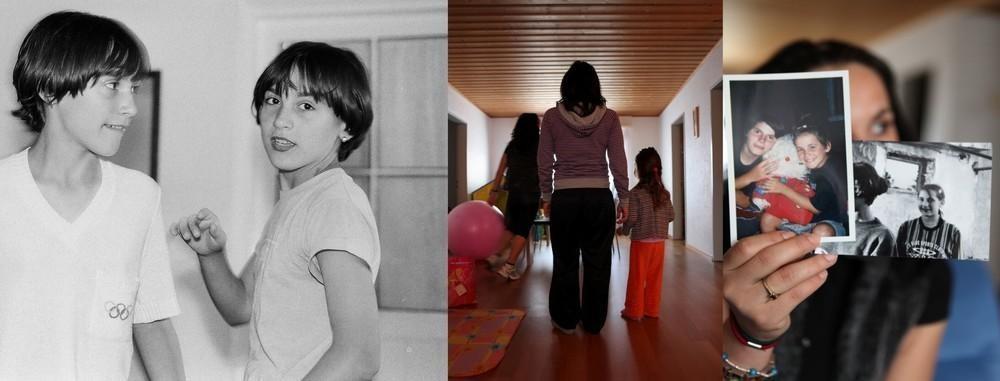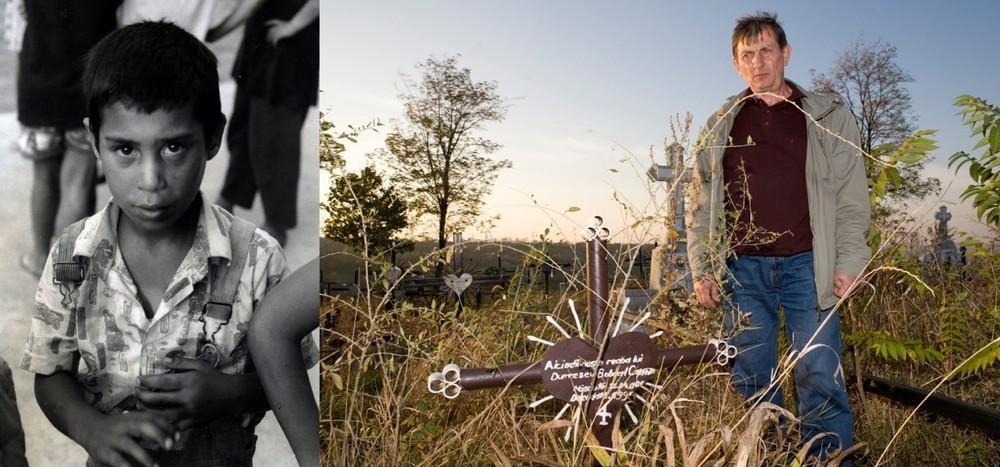To write my photography proposal, I planned to undertake research on the subject ideas I had in my mind. I had a couple of ideas that I passionately did like to propose one of them to get The Ian Parry Scholarship so that I could be supported to do the project.
My subject ideas included Life in North Korea, Girls of Enghelab Street in Iran who are protesting against forced Hijab, Class- Differences of the Life of The Poor and The Rich in Iran, Yoga in India, Life in a Prison, and Life in an Orphanage.

Working with children at some point in my life in the kindergarten, made me think about the world of children. Later on, when my nephew was born, I witnessed my sister’s strong passion for her child and care of him more than anyone else including herself. When I’m having a bad day or getting bored with the routine daily life, I think about children and it is a relief.
This background made me start photographing children and then thinking the differences in children life depending on whether they are brought up under the support of their family or without family in orphanages. So I decided to photograph an orphanage in an Underdeveloped or Developing Country.
My Inspiration
“No, I don’t think you’re ever an objective observer. By making a frame you’re being selective, then you edit the pictures you want published and you’re being selective again.” Mary Ellen Mark
Christopher Steele-Perkins
I was also impacted by British photographer, and a member of Magnum Photos since 1979, Christopher Steele-Perkins. He is best known for his depiction of Africa, Afghanistan, England, and Japan. By 1971, Steele-Perkins had moved to London and become a full-time photographer, with a particular interest in urban issues, including poverty. He went to Bangladesh in 1973 to take photographs for relief organizations.
His photos of children showing Weekly bathing for children in an orphanage in Kabul, Afghanistan, are “a social document” that he “connects with the subjects”.

Elisabeth Blanchet
Elisabeth Blanchet, the British Photographer of the project called Ceausescu’s Orphans, 25 years on has been my main influence for this project. She took many portraits of children in the 1990s in Romanian orphanages mostly because she “‘came to care about them”. About 25 years later she decided to photograph them another time as adults. Her project created a very strong reaction among the young generation and “drew attention to Ceaușescu’s mania about raising the birth rate”.

A. and B. are twins who were 13 in 1997. In 2006, B. fell victim to some pimps and was forced to work as a prostitute in Italy. She was arrested in a police raid and subsequently deported to Romania, where her sister, A., still lived. In 2009, they both went to Sweden to work as nannies. They’re both currently living in Switzerland and are married to Swiss nationals.

Carmen Bobocel was ten in 1995. A year ago, she was sent to Iași hospital for a pulmonary infection, and she died several weeks later. The picture on the right shows Dan Hostic, the orphanage caretaker, by her grave.
“There are thousands of orphans in Albania. At the age of 14 they are expelled from orphanages by law, and often have no alternative to crowded dorms where, in poverty and without prospects, they remain for most of their life.”
below is a video about Albanian children talking about their problems, experiences, and wishes.
REFERENCES:
- Magnum Photos, ‘News, Arts & Culture, and Photography’ Available at: https://www.magnumphotos.com/
- ‘7 Countries with the Worst Orphanages in the World’. Available at: https://www.insidermonkey.com/blog/7-countries-with-the-worst-orphanages-in-the-world-654483/?singlepage=1
- ‘Photographers without Borders’, Available at: https://www.photographerswithoutborders.org/#photographers-without-borders
- Chris Steele-Perkins, Available at: https://www.pinterest.co.uk/marinamacedo/chris-steele-perkins/?lp=true
- Magnum Photos, Available at: https://pro.magnumphotos.com/C.aspx?VP3=SearchResult&ALID=2K1HRG77FTI1
- ‘This Photographer Tracked Down Orphans 23 Years After She First Took Their Pictures‘, Available at: https://www.vice.com/en_us/article/9b8kmy/then-and-now-images-romanian-orphanages-876
- Caucaso C., ‘Albania: orphans for life‘. Available at: https://www.balcanicaucaso.org/eng/Areas/Albania/Albania-orphans-for-life-110519